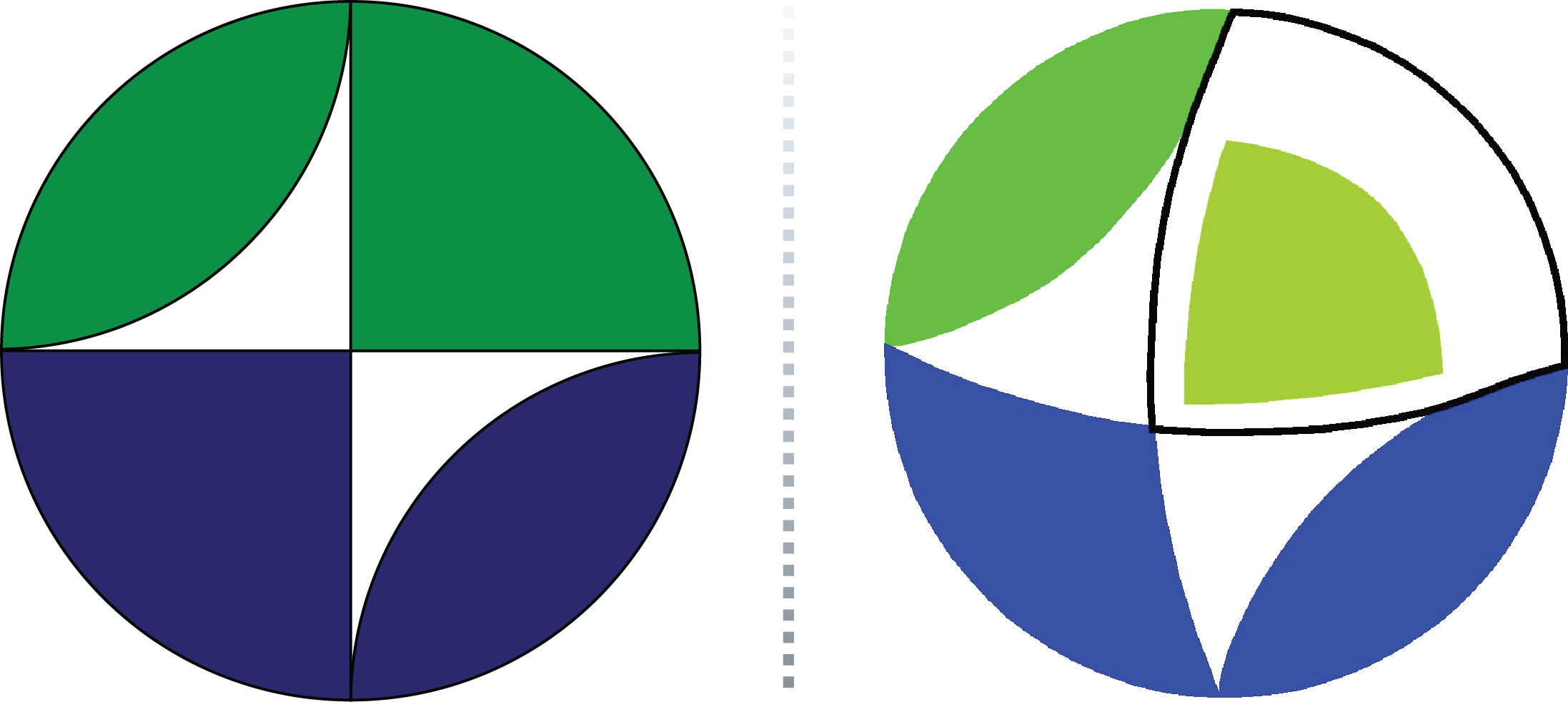Commission on Earthquake Hazard, Risk and Strong Ground Motion
Scope
The study of strong ground motion, earthquake hazard and risk plays an important role in seismology and the sustainable development of economies and societies. Hazard analysis requires characterization of the seismic sources that can be expected to affect a selected place in terms of locations, magnitudes, and frequency of occurrence of potentially damaging earthquakes. Knowledge of the attenuation of ground motion or seismic intensity with distance from the source to the site, integrated whenever possible with realistic modeling of seismic wave propagation, and knowledge of the local geology for site-specific assessment will promote this analysis to a large extent. Using the hazard estimates produced by seismology, risk analysis yields probabilistic estimates of the expected losses of property and lives from earthquakes, which is a convolution of the hazard estimates and vulnerabilities of structures, facilities, and people distributed over the site.
At present, the advancement of methods to estimate seismic hazard and risk and the evaluation of proposed methodologies are being pursued actively in many countries/regions that experience damaging earthquakes. The probabilistic approach has been effectively applied to micro-zonation studies, while the deterministic approach, which is based on recent development in the study of seismic sources and seismic wave propagation, has attracted increasing attention in seismology and engineering seismology and has allowed seismologists to obtain important results for understanding of the observed phenomenology and for modeling of the empirical knowledge in relevant topics such as attenuation and abnormal distribution of intensity, and linear and nonlinear site response effects. In recent years, several destructive earthquakes occurred, with significant societal and academic impact. The observation of strong ground motion and aftershock sequences as well as the investigation of the destruction from these earthquakes, which include the 1995 Kobe earthquake, the 1999 Chi-Chi earthquake, and the 2001 Gujrat earthquake, among others, provide seismology and earthquake engineering with informative and valuable data, experiences and lessons, and raise some important scientific problems. Application of new technologies such as GIS, GPS, and remote sensing, among others, has been shown to be of significant help in the study of seismic hazard and risk. These efforts have resulted in a significant expansion of knowledge in hazard analysis, the behavior of structural systems during earthquakes, the socio-economic impacts of earthquakes and earthquake countermeasures.
Mainly under the umbrella of the IASPEI Assemblies, the Commission on Earthquake Hazard, Risk, and Strong Ground Motion (SHR) organizes the discussion on the following topics, and provides a stage for the initiation of international and/or interdisciplinary cooperation:
- Quantification of strong ground motion and earthquake hazard: effect of source, seismic wave propagation, and surface geology
- Integration of multidisciplinary information in the assessment of earthquake hazard and risk, with emphasis on the application of new technologies such as GIS, ANN, and 'Digital Earth', among others, and the combination of quantitative and qualitative/empirical approaches
- Effects of earthquakes on megacities: seismological, engineering, and social problems (Cooperating with ILP)
- Training and education on the study of seismic hazard and risk and earthquake countermeasures, with emphasis on the communication between developed and developing countries/regions and the interaction between seismologists and the public (Cooperating with ICTP and other IASPEI Commissions such as ASC and the Commission on Education and Outreach)
Officers
- Chair: Fabrice COTTON (Germany)
Web & Email
- The Commission publishes an e-mail newsletter periodically. Contact Wu Zhongliang to subscribe.
Members
- Y.T. Chen (China)
- H.. Kawase (Japan)
- K. Kudo (Japan)
- G.F. Panza (Italy)
- F. Romanelli (Italy)
- K. Shedlock (USA)
Reports
Task Groups
-
Working Group on Earthquake Predictability
- Co-Chair: David Rhoades (New Zealand)
- Co-Chair: David Jackson (USA)
-
IASPEI/IAEE Joint Working Group on Effects of Surface Geology on Strong Ground Motion
- IASPEI Representative: H. Kawase (Japan)
-
ASC/SHR Joint Working Group on Seismic Hazard and Risk Assessment for Asian-Pacific Region
- Co-Chair: Fabio Romanelli (Italy)
- Co-Chair: Gary Gibson (Australia)
- IASPEI Working Group on Earthquake Loss Estimates, Real-Time and Scenario Mode Worldwide
